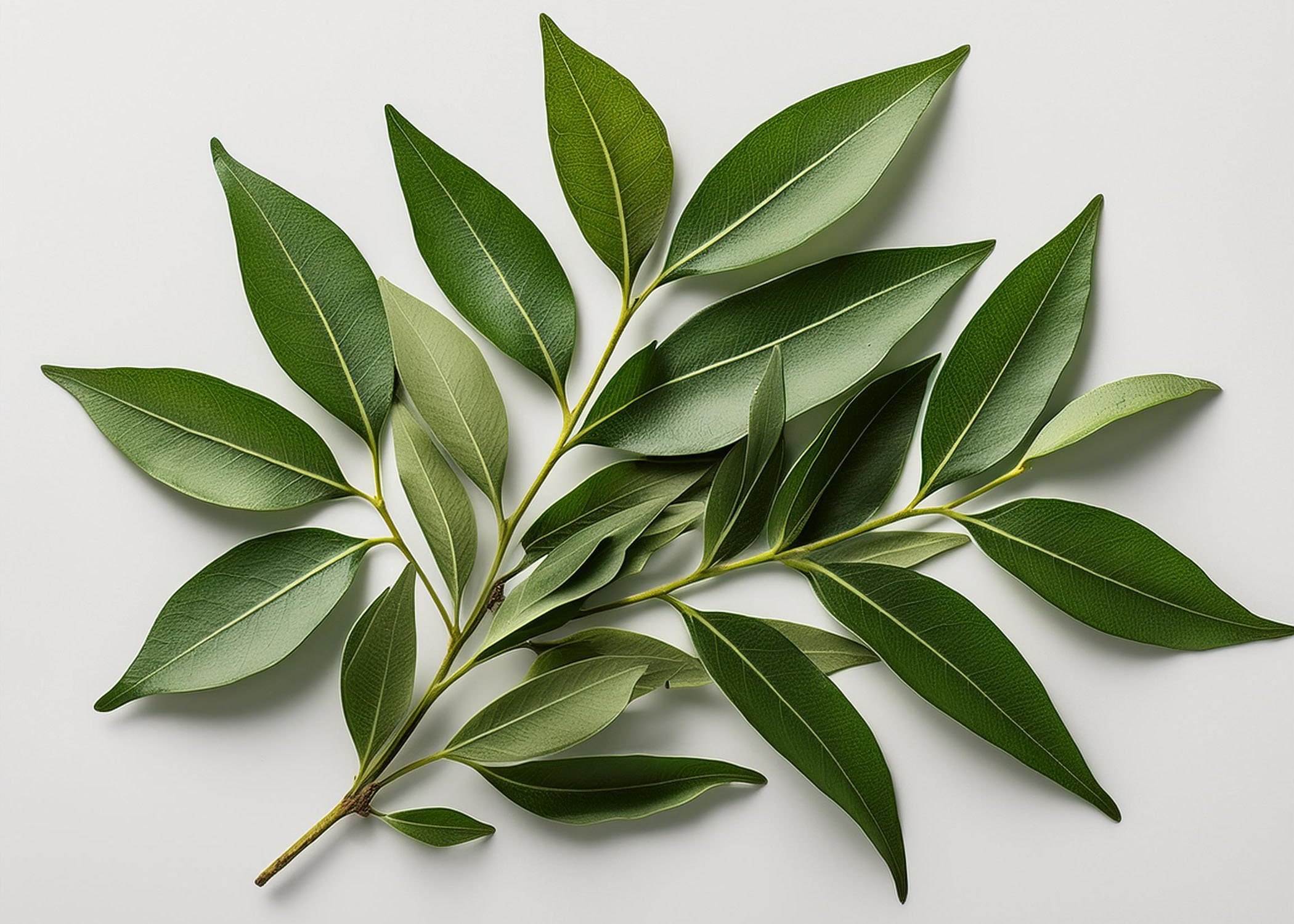Botanical Name: Murraya koenigii
Curry leaves are an aromatic herb native to India and Sri Lanka, widely used in South Asian cooking for their distinctive flavor and aroma. Despite their name, curry leaves are not related to curry powder. Instead, they come from the curry tree and are cherished for their ability to add a fresh, citrusy, and slightly bitter taste to dishes. In Indian cuisine, curry leaves are a key ingredient, often used to temper or “tadka” dishes, enhancing their flavor profile with a subtle yet fragrant touch.
Curry leaves are small, shiny, and dark green with a smooth surface and slightly pointed tips. The leaves grow in pairs along a stem and can be used fresh or dried, though fresh leaves are preferred for their stronger flavor and aroma. When cooked, curry leaves release a pungent, nutty, and slightly tangy fragrance that elevates the dish without overpowering it.
Their flavor is complex and unique—curry leaves have a slightly citrusy, lemony note with a hint of bitterness and a mild herbal quality. When fried in oil or ghee, the leaves become crispy, releasing their aromatic oils, which infuse the oil and the dish with a rich, savory taste.
Curry leaves are most commonly used in South Indian, Sri Lankan, and Southeast Asian cuisines. They are a staple in dishes like sambar, rasam, and dal, where they are typically added to hot oil along with mustard seeds, cumin seeds, and dried red chiles to create a flavor-packed tempering. This technique, known as tadka in Hindi, is often the final step in cooking and adds depth and fragrance to the dish.
Curry leaves are also used in curries, rice dishes, chutneys, soups, and stews. In addition to enhancing vegetarian dishes, they pair well with meats, fish, and seafood. The leaves can be blended into pastes or sauces, dried and powdered, or used fresh as a garnish.

